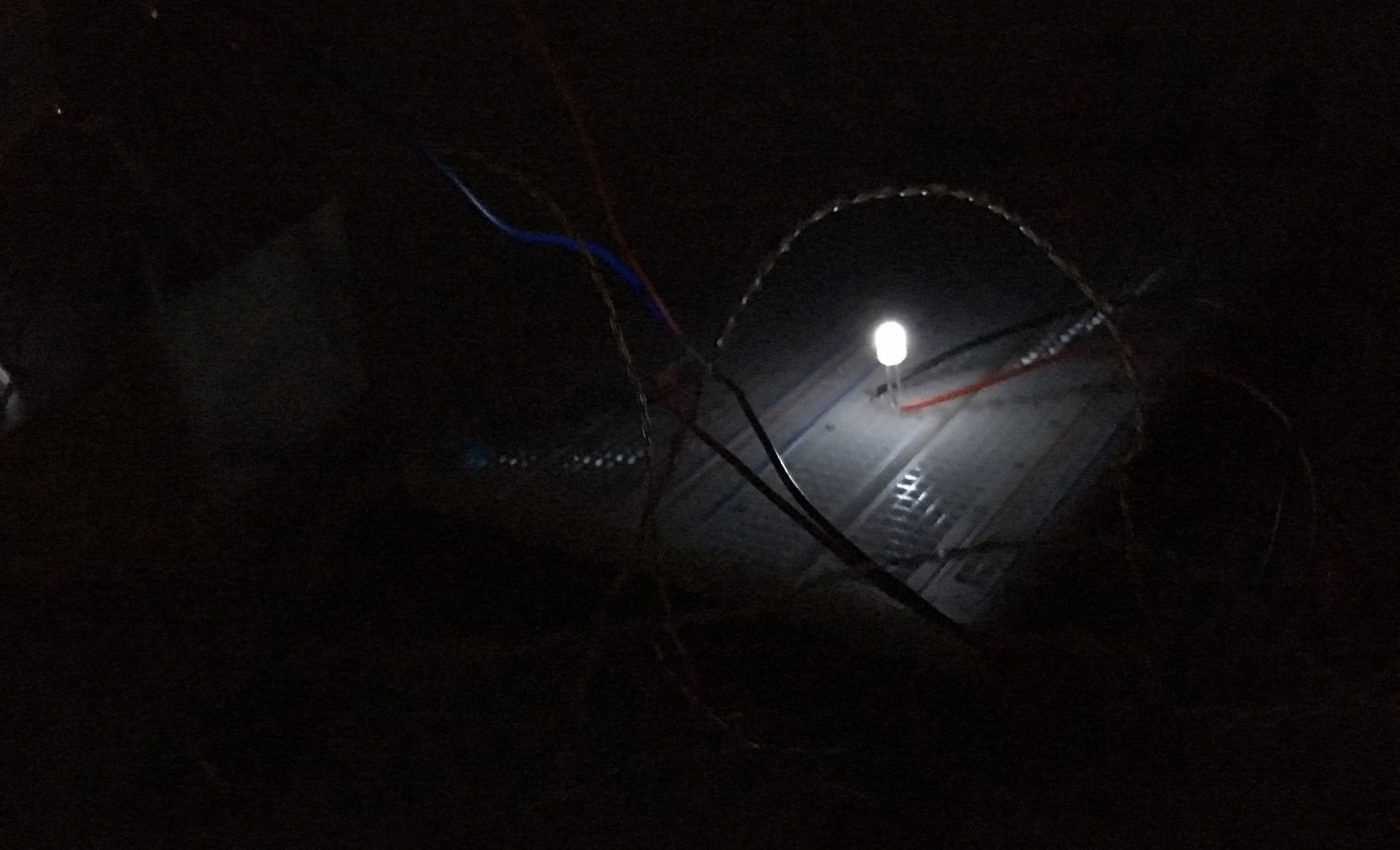
New device can generate light from cold air
A new thermoelectric device, developed by a team of researchers from the University of California, Los Angeles and Stanford University, is able to harness cold air without active input and generate electricity that can power an LED during the nighttime.
“Remarkably, the device is able to generate electricity at night, when solar cells don’t work,” said lead author Aaswath Raman, an assistant professor of materials science and engineering at UCLA. “Beyond lighting, we believe this could be a broadly enabling approach to power generation suitable for remote locations, and anywhere where power generation at night is needed.”
Presently, there is no renewable approach to generating power at night that aligns with solar cells for daytime. Although solar lights can be designed with batteries to store energy produced during daylight hours for nighttime use, these designs drive up production costs.
Raman and his colleagues used radiative cooling to design this new technology. Radiative cooling works when a sky-facing surface passes heat to the atmosphere as thermal radiation, therefore losing some heat to space and reaching a cooler temperature than the surrounding air.
This phenomenon explains how frost forms during above-freezing nights, and Raman discovered that it can also be put to work to generate electricity and produce renewable electricity at night.
The device itself consists of an affordable polystyrene enclosure covered in aluminized mylar, which minimizes thermal radiation. It’s protected by an infrared-transparent wind cover. When tested, the team sat the device on a table about a meter above roof level, helping it to draw heat from the surrounding air and releasing it into the night sky through a black emitter. Then, when the thermoelectric module was connected to a voltage boost converter and a white LED bulb, the team saw that the device passively powered light.
After six hours, the team saw that the device generated as much as 25 milliwatts of energy per square meter. Raman and his colleagues believe that the device can eventually be scaled up at an affordable cost.
“Our work highlights the many remaining opportunities for energy by taking advantage of the cold of outer space as a renewable energy resource,” Raman said. “We think this forms the basis of a complementary technology to solar. While the power output will always be substantially lower, it can operate at hours when solar cells cannot.”
This study is published in Joule.
—
By Olivia Harvey, Earth.com Staff Writer
Image Credit: Aaswath Raman













